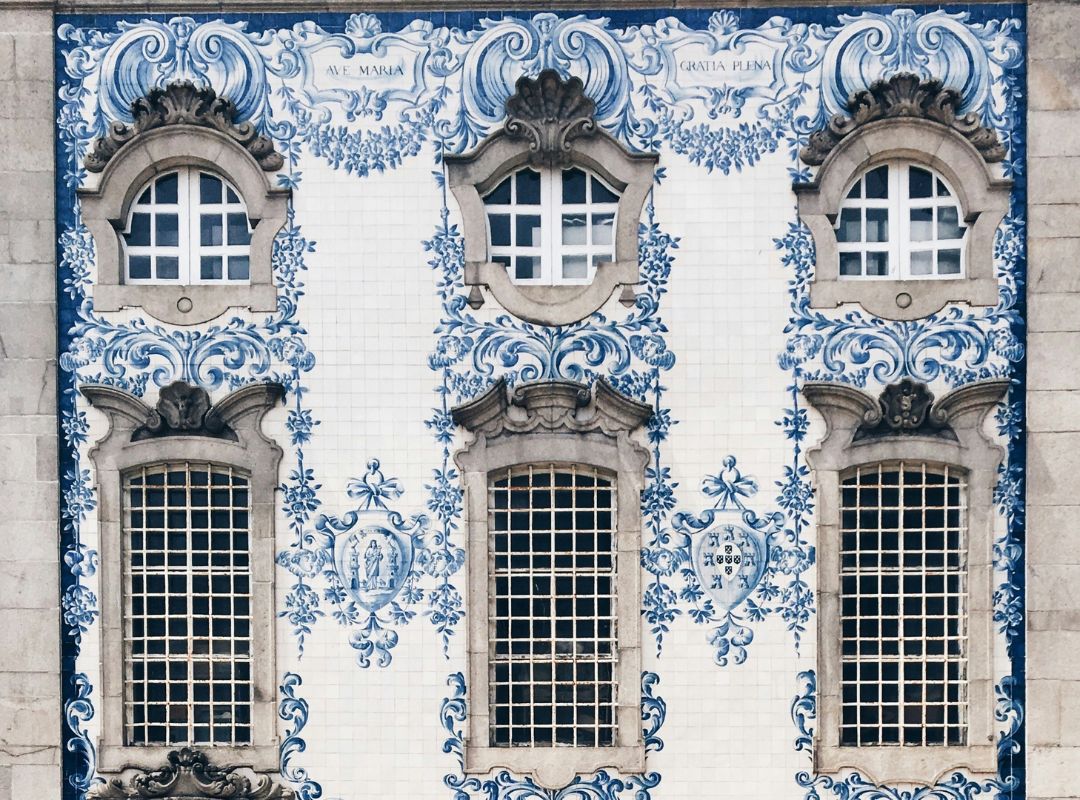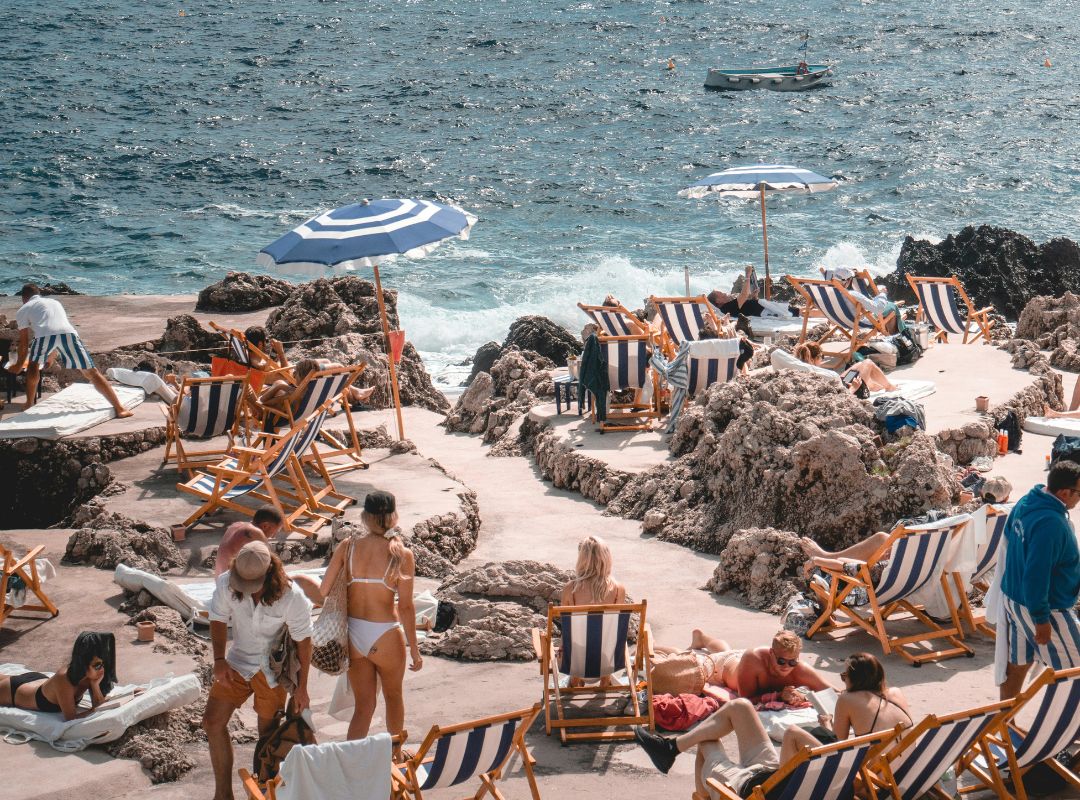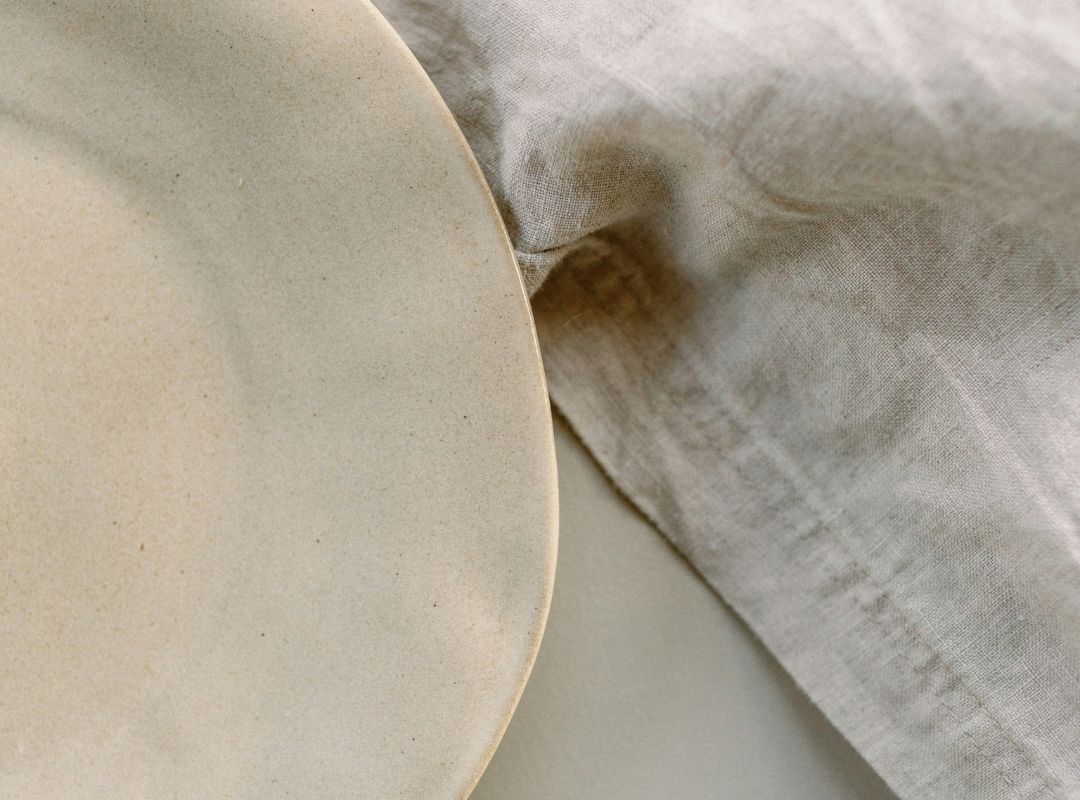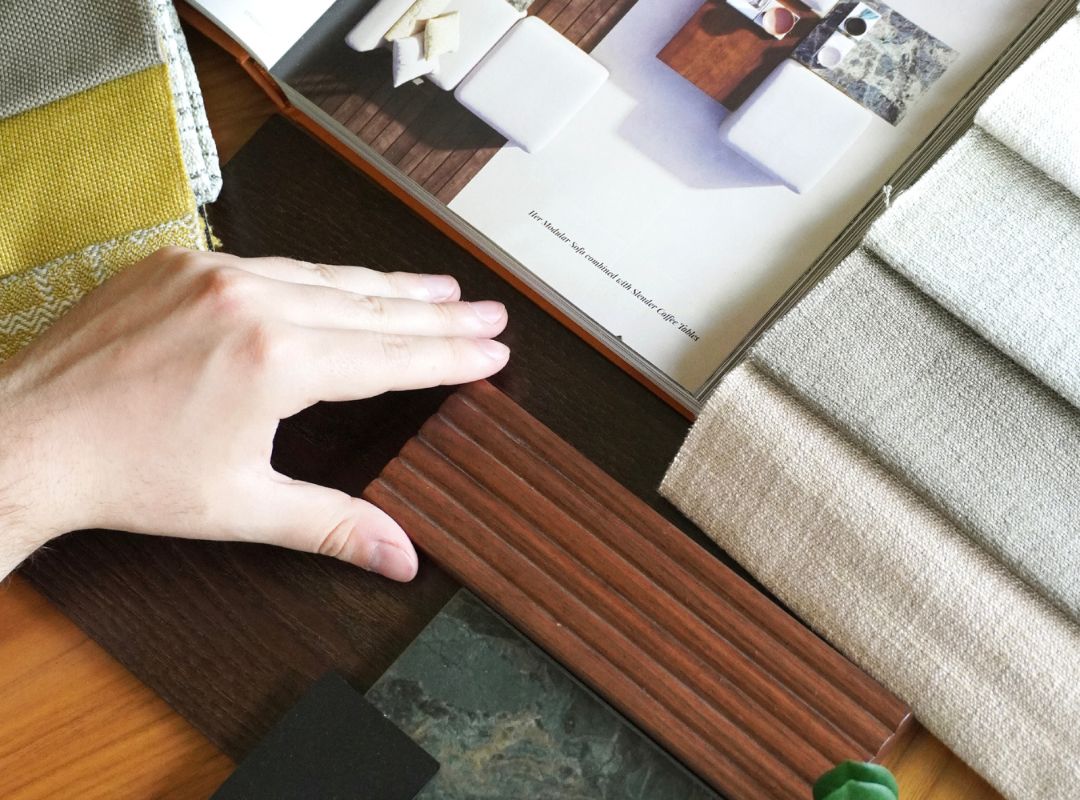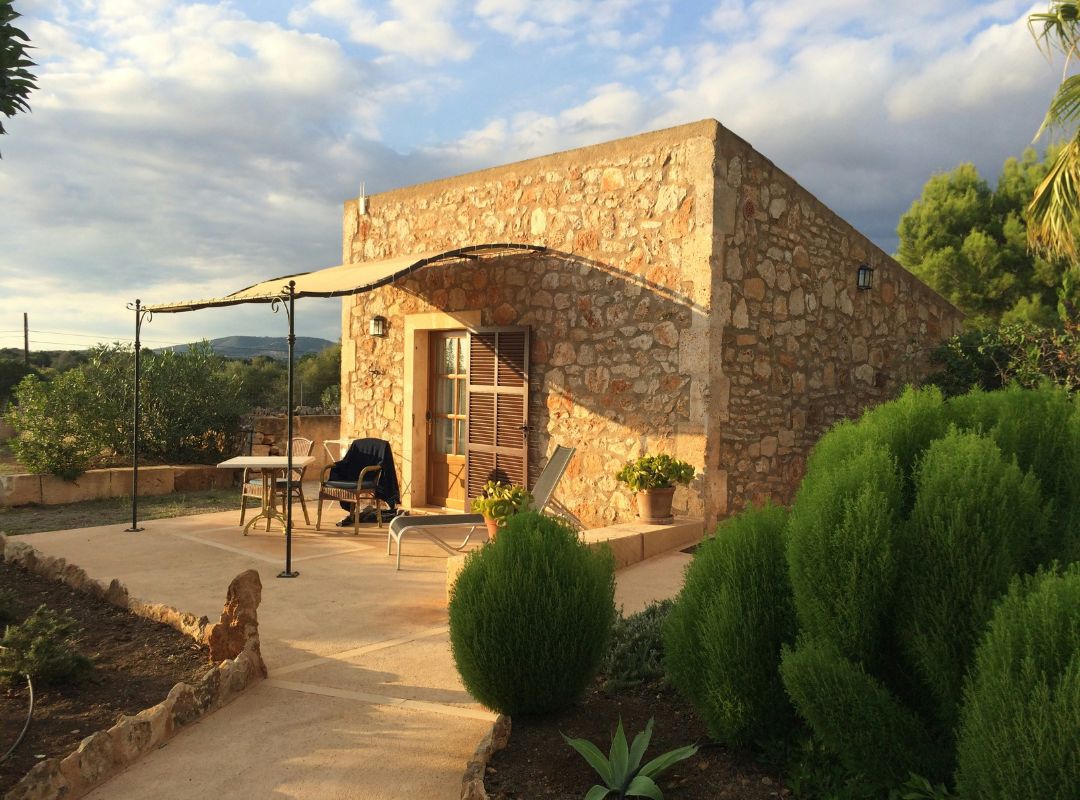Mediterranean Interior Design | A Timeless Aesthetic

Mediterranean Interior Design is a style that exudes warmth, relaxation, and an enduring connection to nature. This timeless aesthetic, rooted in the coastal regions of Southern Europe, has fascinated homeowners as well as designers with its effortless elegance and serene ambiance.
Whether you are looking to transform your home or seeking inspiration for your next interior project, understanding the essence of Mediterranean Interior Design is key.
The Origins and History of Mediterranean Interior Design
The Mediterranean Interior Design Style draws its inspiration from the idyllic landscapes and cultural richness of countries bordering the Mediterranean Sea, particularly Greece, Spain, Italy, and Morocco.
Historically, this design approach evolved from a blend of these diverse cultures, each contributing unique elements that collectively form the signature Mediterranean look. The architecture of ancient Greek homes, with their emphasis on harmony and proportion, combined with the rustic charm of Spanish Villas and the ornate details of Moroccan riads, has shaped the foundation of this beloved style.
- Classical Heritage
- Coastal Arch
Key Characteristics of Mediterranean Interior Design
Colour Palette
One of the defining features of Mediterranean Interior Design is its vibrant and earthy colour palette. Inspired by the natural surroundings of the Mediterranean coast, the palette includes warm hues like terracotta, ochre, and olive green, complemented by cool shades of turquoise, cobalt blue, and crisp white. These colours reflect the sun-drenched landscapes, the azure waters, and the clear skies of the Mediterranean region, creating a harmonious and inviting atmosphere.
- Blue Sea tones
- Terracotta Hallway
Materials and Textures
Mediterranean interiors often feature a rich variety of natural materials. Stone, wood, and ceramic are prevalent, reflecting the rustic charm and durability typical of this style. Textured walls, exposed wooden beams, and terracotta tiles are common architectural elements, adding depth and authenticity to the space. The use of hammered iron for furniture and decorative accents further enhances the traditional Mediterranean aesthetic.
- Organic Textures
- Mediterranean Tile Patterns
Furniture & Décor
Furniture in Mediterranean interior design is typically robust and functional, yet elegant. Pieces are often crafted from wood and hammered iron or brass, featuring intricate carvings and detailed craftsmanship. Upholstery is usually in natural fabrics such as linen and cotton, with patterns that range from simple stripes to intricate floral motifs. Décor items often include handcrafted ceramics, colourful mosaics, and lush greenery, bringing a touch of nature indoors.
- Wooden Furniture and Natural Materials
- Greenery in Décor
Architectural Elements in Mediterranean Interior Design
Mediterranean Interior Design is not just about the aesthetics but also the architectural elements that create the foundation of this style. Key features include high ceilings, arched doorways, and expansive windows that allow natural light to flood the space. These elements not only enhance the visual appeal but also create a sense of openness and airiness that is archetypical to Mediterranean homes.
Open Layout and Natural Light
A hallmark of Mediterranean interior design is the open floor plan, which encourages a seamless flow between different areas of the home. This layout promotes a relaxed and social environment, perfect for family gatherings and entertaining guests. Large windows and glass doors are also integral, allowing for an abundance of natural light, which enhances the bright and welcoming atmosphere.
- Open Views and Natural Light
- Santorini View
Outdoor Living Spaces
The Mediterranean lifestyle often extends beyond the interior, with a strong emphasis on outdoor living. Courtyards, patios, and terraces are designed to be extensions of the indoor space, furnished with comfortable seating, lush plants, and decorative elements such as fountains and tiled mosaics.
These outdoor areas are perfect for enjoying the warm climate and scenic views.
- Outdoor Seating with a Sea View
- Mediterranean Alfresco Seating
How to Incorporate Mediterranean Style into Your Home?
Integrating Mediterranean Interior Design into your home can be achieved through a few thoughtful changes and additions. Here are some practical tips to help you bring this timeless style into your space.
Start with the Colour Palette
Begin by adopting the Mediterranean colour palette in your home. Paint walls in warm neutrals like beige or sand, and add pops of vibrant colours through accent walls, cushions, and rugs. Consider using natural materials like terracotta tiles or wooden beams to add texture and warmth.
- Rustic Door
- Relaxed Mediterranean lifestyle
Use Natural Materials
Incorporate natural materials wherever possible. Choose wooden furniture with a rustic finish, use stone or ceramic tiles for flooring, and consider adding wrought iron elements such as chandeliers or railing to enhance the Mediterranean feel. Textured plaster walls or exposed brick can also add an authentic touch.
- Ceramic and Linen
- Mediterranean Material Selection
Embrace the Outdoors
Create a seamless transition between indoor and outdoor spaces. If you have a patio or garden, furnish it with comfortable seating and plenty of greenery. Use potted plants, climbing vines, and outdoor rugs to create a cosy and inviting outdoor living area.
- Outdoor Lounge with Stone Wall
- Stone Façade with Garden Patio
Add Mediterranean Décor
Decorative elements play a crucial role in Mediterranean interior design. Look for handcrafted ceramics, colourful mosaic tiles, and traditional textiles to decorate your space. Incorporate decorative plates, vases, and bowls with intricate patterns and vibrant colours to add a touch of Mediterranean flair.
- Neutral Textures
- Mediterranean-Inspired Décor
In essence, Mediterranean Interior Design is a celebration of natural beauty, cultural richness, and timeless elegance. By embracing this style, you can create a home that is both warm and inviting, reflecting the serene and vibrant spirit of the Mediterranean. Whether you’re a design enthusiast seeking new inspiration or a professional looking to add depth to your projects, the Mediterranean interior style offers endless possibilities for creating beautiful and harmonious spaces.
Incorporating the essence of Mediterranean interiors into your home not only enhances its aesthetic appeal but also promotes a lifestyle of relaxation and connection with nature. From the choice of colours and materials to the thoughtful arrangement of furniture and décor, every element works together to create a cohesive and inviting environment.







